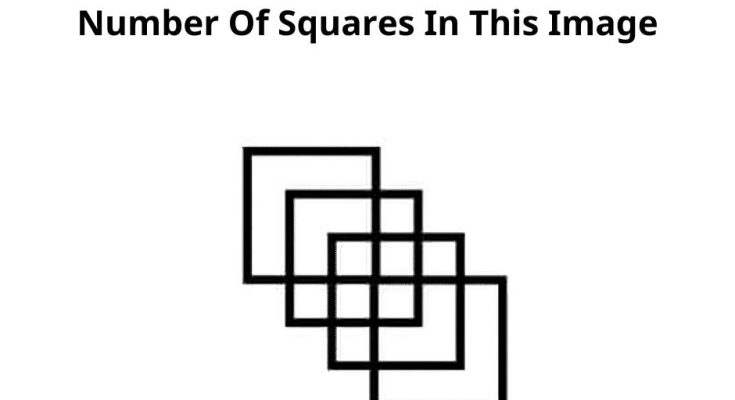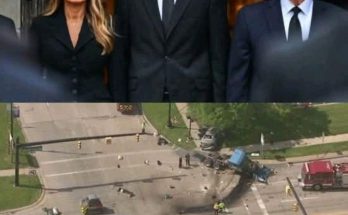Ever tried counting squares in a puzzle, thinking it would be simple, only to find yourself doubting the answer? This challenge is one of those brain teasers that’s deceptively tricky. We invite you to try: take a close look at the image, count each square, and see if you can solve the puzzle before reading further. Think you’re up for it? Let’s dive into this engaging mental workout!

Common Mistakes Made When Counting Squares
Believe it or not, counting squares can be more complicated than it seems. Here’s why most people tend to get this puzzle wrong on the first try:
- Overlooking Smaller Squares: Many miss the smaller squares formed by intersections and overlapping lines.
- Double-Counting: With so many overlapping shapes, it’s easy to count some squares twice.
- Ignoring Embedded Patterns: Some squares are hidden within others, and these embedded squares are often overlooked.
- Rushing the Process: Counting shapes quickly may seem efficient, but it’s better to take your time with puzzles like these.
Step-by-Step Guide: How to Count the Squares Accurately
To solve this challenge, you’ll need a strategy. Breaking down each layer and counting systematically is key.
Step 1: Start with the Largest Squares
The most obvious squares are usually the largest ones. These are the easiest to identify and can be a good starting point.
- Count the outermost squares: Focus first on the big, defined squares that make up the outer structure.
- Categorize each square: Keeping track helps avoid double-counting.
Step 2: Search for Overlapping Squares
The puzzle likely includes overlapping areas where squares intersect. Many smaller squares emerge in these sections.
- Identify smaller squares at intersections: The lines where squares meet often create new shapes.
- Separate by size: Look for medium and small squares that might be hidden in plain sight within larger shapes.
Step 3: Spot the Squares Within Squares
Some squares may be nested within others, creating a multi-layered effect. This step is essential to ensure you capture all possibilities.
- Look closely for embedded shapes: This is where most people overlook additional squares. Take time to examine each larger square for smaller ones contained within it.
- Count each distinct square: Keep a running tally to avoid double-counting and ensure accuracy.
Step 4: Double-Check Your Count
Before finalizing your answer, it’s worth taking a second look. Many people find they missed something on their initial count. Going over each section can help catch any missed squares.
The Answer: How Many Squares Are in the Puzzle?

After careful counting and breaking down each layer, the correct answer is 15 squares. If you arrived at this answer, you’ve successfully cracked a visual puzzle that often stumps even the keenest observers. Here’s a quick breakdown:
- Five large squares from each main section.
- Multiple smaller squares created by intersections and overlapping areas.
- Nested squares that are embedded within larger shapes, rounding out the total to 15.
Why Counting Squares Is Great for Brain Training
Beyond being a fun activity, counting squares exercises the brain in several important ways:
- Improves Attention to Detail: Spotting every square requires careful observation, training your brain to notice small but critical details.
- Boosts Spatial Awareness: Recognizing shapes within shapes enhances spatial visualization, a useful skill in everyday tasks and problem-solving.
- Enhances Patience and Focus: Rushing leads to mistakes, but taking the time to review each step helps develop a mindful approach to challenges.
Challenge Your Friends and Share Your Results
Did you get the answer right on your first try? Let us know in the comments! If you enjoyed the puzzle, share it with friends and see if they can match your result. Counting squares may seem simple, but it’s a classic brain teaser that never fails to entertain—and surprise!
Conclusion: There’s More Than Meets the Eye
This puzzle teaches us that sometimes the simplest things require a second look. What appears straightforward can be surprisingly complex, and it’s a reminder to pause, observe, and count our steps carefully. So next time you’re faced with a visual puzzle, remember: slow down, stay focused, and enjoy the journey.
If you found this puzzle fun, stay tuned for more mind-bending challenges that will test your logic, patience, and attention to detail.



